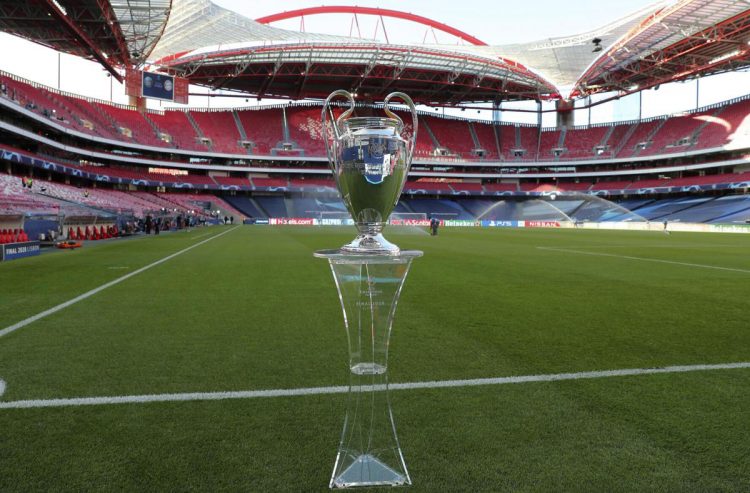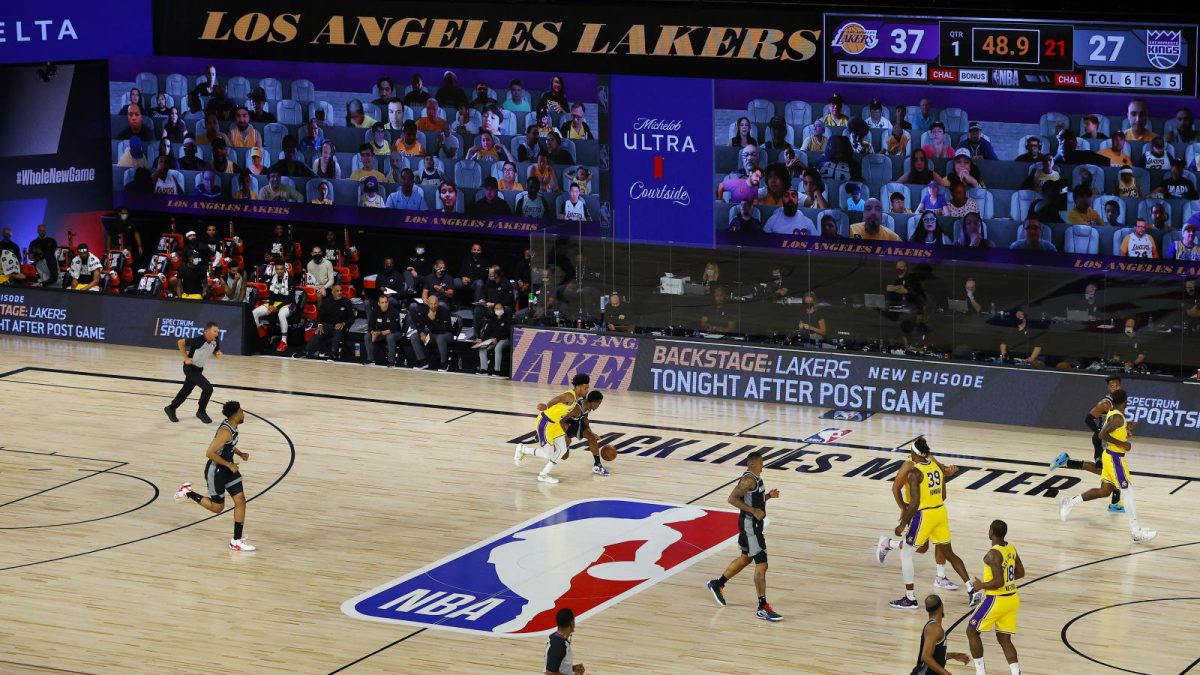A ‘new normal’! An interesting term uttered by several sport pundits and columnists of the reality that will exist and persist after the normalisation of the sporting world.
But what is the ‘new normal’ and why has this sentiment been expressed in such a universal manner? According to these knowledgeable men and women, the answer lies in a reality or plane of existence that we will dwell in when the current situation subsides.
This new realm of existence or evolution based on circumstance, is a direct result of the financial and spectator fallout which has enveloped the sports sector. The numbers are simply mind blowing, after all, the global sports fraternity is valued in the range US$480 – $620 billion by renowned American consulting firm, A.T. Kearney.
While all sports have been affected by the contagion, within the epicenter of this financial crisis is association football, specifically of the European Club persuasion, which generates in the ballpark of 45% of the sector’s total fiscal revenues.
It is against this backdrop that the smoke starts to clear and the shared sentiment of a new existence becomes clearer. Simply put, the fiscal damage incurred during this period is the primary catalyst and drives the belief in the expected change.
Financial structures and policies will have to be reformed in an effort to reduce a possible reoccurrence. These revised policies will aid in mitigating the loss of revenues which will have far-reaching consequences during the recovery years.
The COVID-19 pandemic has decimated the ongoing fiscal year in the sports industry, following the suspension of many professional leagues. In the United States, the National Basketball Association (NBA) had 259 games remaining to complete in 2019/2020 regular season at the time of its March suspension.

According to experts, the combined league gate revenues lost as a direct result of these cancellations falls in the region of US$350 – US$450 million. Analysis of the world’s most popular sport, association football, particularly in the European territories, also provides the perfect example of context in this proposed ideology of change.
According to European Platform for Sports Innovation (EPSI), “Research results indicated that sport-related GDP was 279.7 billion euros. This equals 2.12% of total GDP in the EU. Every 47th euro is generated by the sport sector. Sport is employment intensive, meaning that it generates more employment than its share in GDP. Sport-related employment in the EU was 5.67 million persons. That equals 2.72% of total EU employment. Every 37th employee works in the sport sector. Sport uses more intermediate goods than an average sector and thus generates important revenues in other industries.”
The aforementioned information clearly indicates the financial impact of football in the development of the continent and the resulting effects the COVID-19 situation will have to the tune of billions of dollars. UEFA and their frenemy, the European Club Association (ECA), will have to lead the charge in the implementation of more robust financial policies and structures in the wake of this pandemic, guidelines which will have to be sturdy in nature given the uncharted territory that teams will be entering.
The implementation of a wage structure and salary cap which is certainly an improvement on UEFA’s currently installed Financial Fair Play (FFP) policy, will certainly be on the cards for introduction.
Collective Bargaining Agreements (CBA) will also change to fit the financial times, as teams and associations cater and prepare in advance for another possible shutdown so as to avoid the dreaded process of insolvency, a reality which is currently taking place.
The trading of players, another American pastime, will certainly find a home in the sporting world of Europe and beyond, as administrations try to implement methods to grapple with the loss of revenues. After all, gone are the days of the ‘Galactico’ spending of buying and stockpiling the best players for astronomical prices, a belief harboured by the elite teams which has become second nature in the sport. Many of these policies will be borrowed from the American sporting landscape, an entity which has a proprietary existence in this realm.
Stadiums and arenas are the ‘Theaters of Dreams’ in sports for the respective fandoms. Thus, the impact of the pandemic itself will have a lasting effect on the congregation, who descend on these hallowed grounds. In an era of social distancing, the community of individuals who make the frequent trek to the venues with religious fervor, will dwindle, possibly for a considerable period and probably hastening the end of the live viewership era, an outcome which can be detrimental to all sports, especially those who require the economic sustenance of live fandom.
After all, psychological and mental fears surrounding the uncertainty of one’s health and safety in the presence of unknown elements at the venues, will expectedly come to the forefront. Though a step in the right direction, the eventual establishing of novel health and safety protocols by the respective management teams and administrative arms of sporting entities globally, will only serve to confirm their fears and allay the notion of normalcy.
In the words of Ronald Waldman, professor of global health at George Washington University, “To think that things are going to get back to normal soon, it may be a mistake to think that things are ever going to get back to normal.” The sports landscape has changed forever!





